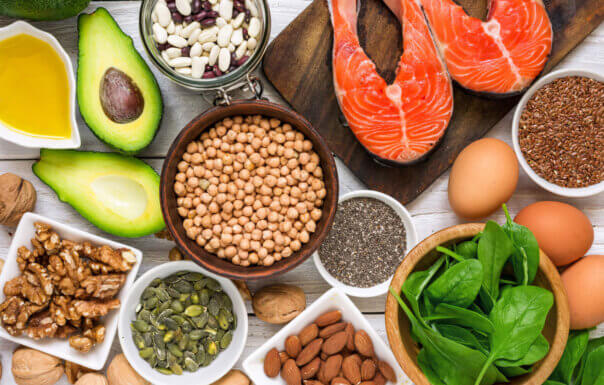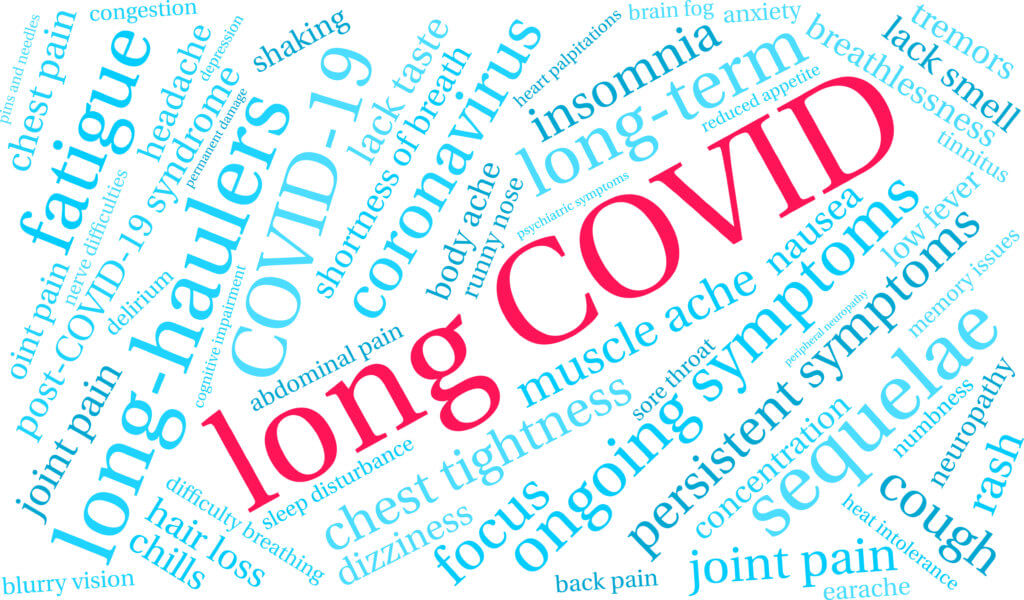Seven percent of Americans are currently suffering from long COVID, a condition marked by persistent health issues following a COVID-19 infection. Common symptoms include fatigue, brain fog, headaches, chest pain, and heart palpitations. No established treatment exists, and its root causes remain a mystery. However, a new study by a team at the University of Southern California is delving into the possibility that an anti-inflammatory diet might offer relief to those grappling with this lingering illness.

Emerging research hints that long COVID might stem from an overactive inflammatory response triggered when the body combats the COVID-19 virus. In some individuals, this intense response lingers long after the virus is gone, resulting in high inflammation levels which can cause organ damage among other health concerns.
“We are examining if food choice can quiet the body’s inflammatory response and in doing so, effectively minimize or curtail long COVID symptoms,” says Dr. Adupa Rao, an investigator of the clinical trial and medical director of the Keck Medicine Covid Recovery Clinic, in a university release.

The research will focus on the anti-inflammatory properties of a low-carb diet combined with a medical food that boosts blood ketone levels. When carbohydrate and sugar intake is low, the body generates ketones, such as beta-hydroxybutyrate – the primary ketone in this study’s food – for energy. Both a low-carb diet and ketones have been linked to reduced inflammation levels.
The trial intends to recruit 50 long COVID sufferers under the care of Keck Medicine’s Covid Recovery Clinic. Half will undergo a 30-day dietary change, while the other half will maintain their regular diet. At the trial’s conclusion, scientists will assess how well patients managed the diet and will contrast inflammation indicators and long COVID symptoms between the two groups.
Should this dietary approach prove beneficial and well-tolerated, the research team is poised to extend the trial to a broader participant pool.
“Research like ours is vital to expand our understanding of long COVID and ultimately help identify effective treatments to improve patients’ quality of life,” explains Dr. Nuria Pastor-Soler, principal investigator of the clinical trial and associate professor of medicine at the Keck School of Medicine of USC. “The results of this trial will hopefully move us closer to potential solutions.”
What foods are part of an anti-inflammatory diet?
An anti-inflammatory diet focuses on foods that help to reduce inflammation in the body. Chronic inflammation is believed to be one of the primary factors in a host of health issues, including cardiovascular disease, cancer, diabetes, and autoimmune disorders. Here’s a list of foods and food categories commonly included in an anti-inflammatory diet:
- Fatty Fish: Salmon, mackerel, sardines, and trout are high in omega-3 fatty acids which reduce inflammation.
- Whole Grains: Instead of refined grains, choose whole grains like oats, quinoa, brown rice, and whole wheat.
- Leafy Green Vegetables: Spinach, kale, and collards are rich in vitamins and antioxidants that fight inflammation.
- Nuts: Especially almonds and walnuts, which are packed with omega-3s, antioxidants, and other nutrients.
- Fruits: Berries (blueberries, strawberries, raspberries) and cherries are particularly noted for their anti-inflammatory properties, but many fruits are beneficial.
- Olive Oil: Rich in monounsaturated fats and antioxidants.
- Tomatoes: They contain lycopene, an antioxidant that can combat inflammation.
- Peppers: Both bell peppers and chili peppers are rich in anti-inflammatory compounds.
- Grapes: Especially red grapes, which contain resveratrol, an anti-inflammatory compound.
- Turmeric: Contains curcumin, a powerful anti-inflammatory compound. Black pepper can enhance its absorption.
- Ginger: Has similar benefits to turmeric.
- Garlic and Onions: Both are anti-inflammatory and offer other health benefits.
- Green Tea: Contains anti-inflammatory polyphenols.
- Dark Chocolate: Look for 70% cocoa or higher. It’s packed with antioxidants that reduce inflammation.
- Avocado: Packed with monounsaturated fats, fiber, and antioxidants.
